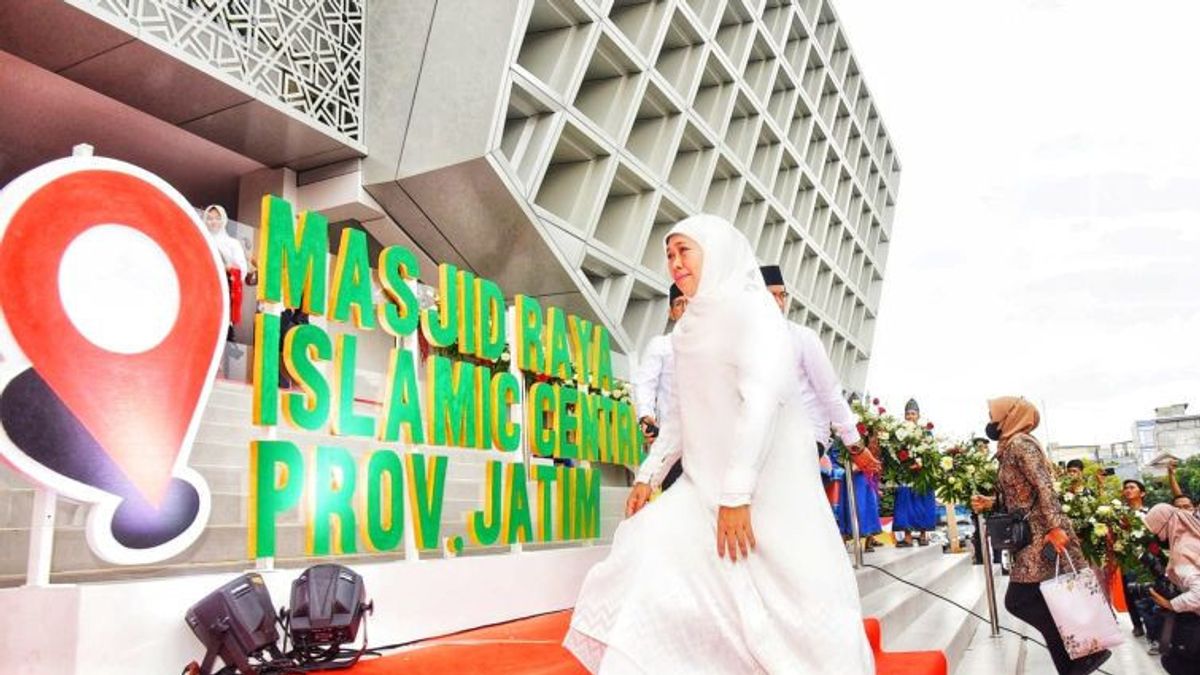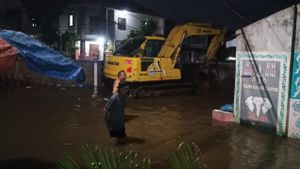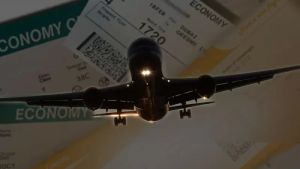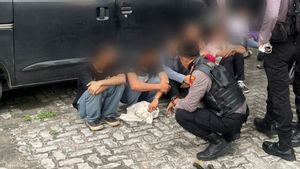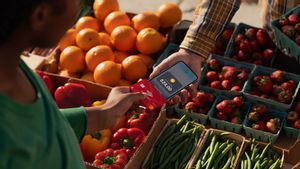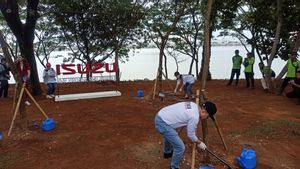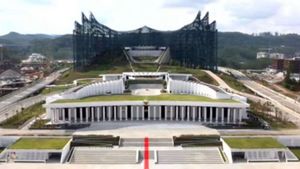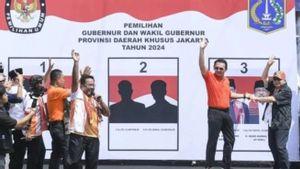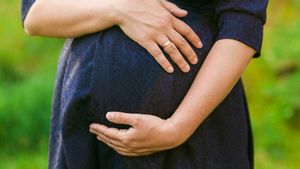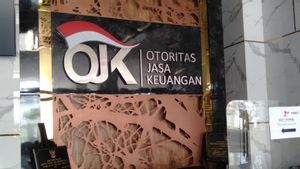The Governor of East Java (Jatim) Khofifah Indar Parawansa stated that although the construction of the Grand Islamic Center Mosque on Jalan Dukuh Kupang, Surabaya City has not been 100 percent completed, it can be used for worship during Ramadan.
"Basically, as a place of worship, the Islamic Center Mosque is ready to function. While we are walking, we meet the lack of construction, such as fountains can be worked on before March," Khofifah said as quoted by Antara, Sunday.
According to him, the Province of East Java qualitatively does not yet have a mosque. Actually, he said, in the Islamic Center Building, there is already a mosque located behind.
"But I ask that the mosque building be balanced with the Islamic Center building," said Khofifah. For this reason, Governor Khofifah invites the public to prosper this mosque, especially in the month of Ramadan.
"Welcome to the arrival of the month of Ramadan. Hopefully the fasting and taraweh worship will be more solemn. Hopefully, our worship will be carried out by Allah Subhanahu Wa Ta'ala," he said.
The Islamic Center Grand Mosque, which stands on an area of 6,406 square meters, was inaugurated by Governor Khofifah on Saturday. The building area of the mosque reaches 5,800 square meters.
The mosque has a capacity of 3,630 worshipers. For the first floor with a capacity of 1,584 worshipers and the second floor accommodates 1,046 worshipers. While the rest in the mosque yard which can accommodate up to 1,000 worshipers.
The construction of mosques uses the East Java Regional Revenue and Expenditure Budget (APBD) worth IDR 52.7 billion. Development begins with determining the design concept in 2020 and continued planning in 2021. Meanwhile, physical development begins in September 2022.
The Islamic Grand Mosque building was designed by the architect who is also the Governor of West Java Ridwan Kamil.
Fasad or the face of the mosque building contains several meanings, namely for the form of a sloping fasad opening upward as an open-handed parable of praying. Then the boxed fasrad (waffle) with the names of districts/cities throughout East Java in the module of various colors arranged randomly as a representation of togetherness in diversity.
Fasad Waffle also functions as the second skin to reduce the intensity of the sun's heat, helping to lower the burden of artificial cooling. Meanwhile, open mihrab faces Qibla and park (natural) with one focal point reminiscent of the greatness and greatness of Allah Subhanahu Wa Ta'ala.
The English, Chinese, Japanese, Arabic, and French versions are automatically generated by the AI. So there may still be inaccuracies in translating, please always see Indonesian as our main language. (system supported by DigitalSiber.id)
